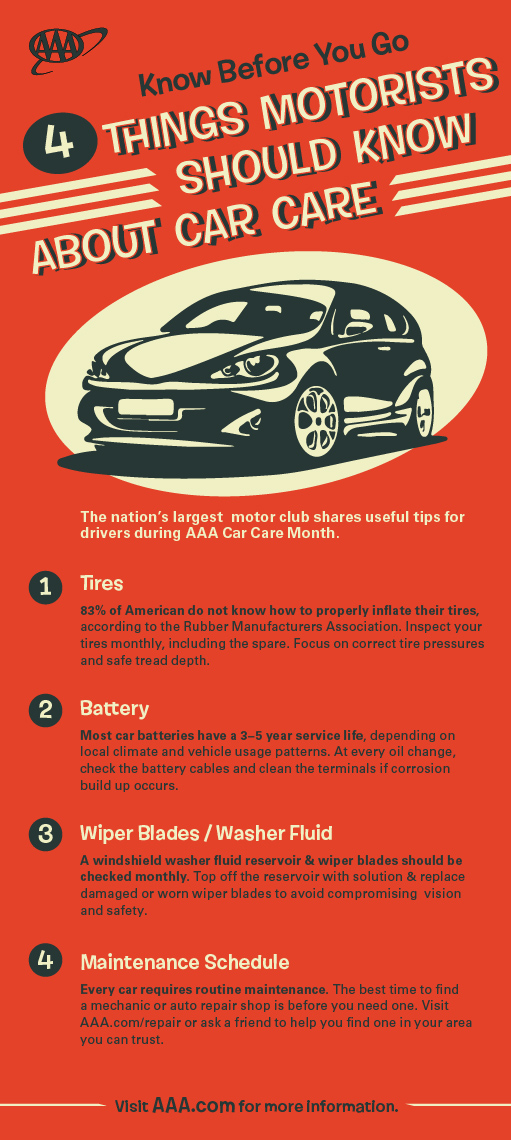Understanding Your Vehicle'S Warning Lighting: What Do They Truly Mean?
Understanding Your Vehicle'S Warning Lighting: What Do They Truly Mean?
Blog Article
Web Content By-Sykes Corbett
When you're behind the wheel, those beautiful warning lights on your control panel can be a bit bewildering. Do you know what they're attempting to tell you about your automobile's wellness? Comprehending the significance of these lights is essential for your safety and security and the long life of your automobile. So, the following time among those lights turns up, wouldn't you want to decode its message properly and take the required steps to address it?
Common Warning Lighting and Interpretations
Recognize common caution lights in your cars and truck and recognize their meanings to ensure safe driving.
One of the most common warning lights consist of the check engine light, which indicates problems with the engine or emissions system. If https://oil-change-prices-near-me40517.kylieblog.com/32624990/how-to-pick-the-right-automobile-describing-solution-for-your-requirements begins, it's important to have your car examined promptly.
The oil stress cautioning light shows reduced oil pressure, needing prompt interest to avoid engine damages.
A blinking battery light could recommend a damaged billing system, potentially leaving you stranded if not attended to.
The tire pressure monitoring system (TPMS) light notifies you to reduced tire stress, impacting vehicle stability and fuel performance. Neglecting this might bring about dangerous driving conditions.
The ABS light suggests a trouble with the anti-lock stopping system, compromising your capacity to quit swiftly in emergencies.
Last but not least, the coolant temperature level warning light warns of engine getting too hot, which can cause serious damage otherwise solved swiftly.
Comprehending these common warning lights will help you resolve issues without delay and maintain risk-free driving problems.
Significance of Prompt Interest
Comprehending the common caution lights in your vehicle is only the primary step; the relevance of promptly addressing these warnings can not be stressed enough to guarantee your security when traveling.
When a caution light brightens on your dashboard, it's your vehicle's method of connecting a possible concern that requires attention. Disregarding Get Source can result in a lot more extreme problems down the road, compromising your safety and security and potentially costing you a lot more in repairs.
Motivate focus to warning lights can protect against failures and mishaps. For instance, a flashing check engine light might indicate a misfire that, if left unattended, can trigger damage to the catalytic converter. Addressing this immediately can conserve you from an expensive fixing.
Likewise, carwashingnearme alerting light could signal reduced brake liquid or used brake pads, vital parts for your safety when driving.
Do It Yourself Troubleshooting Tips
If you see a warning light on your dashboard, there are a few do it yourself repairing tips you can attempt prior to looking for specialist assistance.
The primary step is to consult your cars and truck's manual to understand what the specific warning light suggests. Sometimes the problem can be as straightforward as a loose gas cap activating the check engine light. Tightening up the gas cap might settle the trouble.
An additional usual issue is a low battery, which can cause numerous advising lights. Inspecting the battery connections for corrosion and ensuring they're safe could repair the trouble.
If a caution light continues, you can try resetting it by disconnecting the cars and truck's battery for a few minutes and after that reconnecting it. Additionally, checking your automobile's fluid degrees, such as oil, coolant, and brake liquid, can assist repair advising lights related to these systems.
Verdict
Finally, recognizing your auto's caution lights is important for maintaining your vehicle running efficiently and securely. By without delay addressing these signals and knowing what they indicate, you can stay clear of costly repair services and possible failures.
Bear in mind to consult your car's manual for certain details on each cautioning light and take action accordingly to make certain a trouble-free driving experience.
Remain educated, stay safe on the road!
